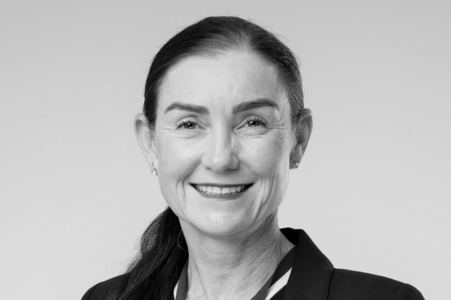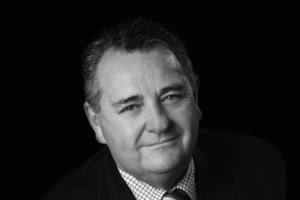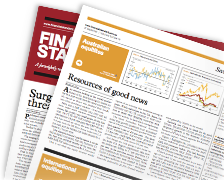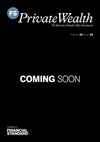Search Results | Showing 1 - 10 of 269 results for "Quantitative Easing" |
| | | ... that developed markets have enjoyed over the past decade have evaporated with the fight against inflation. "Quantitative easing is disappearing or has stopped altogether, and real estates are normalising, while emerging markets are benefiting from lower ... |
| | | | ... "Excessive levels of debt tend to be very dangerous. We saw this happen in Japan and it tried monetary stimulus and quantitative easing (QE) as it faced challenges in the 90s, which didn't prove to be effective at all," she said. Bhansali warned ... |
| | | | ... markets could rebound, Chetouane posited. Natixis concluded: "After a decade in which the easy money provided by quantitative easing, low rates and low inflation propelled markets to positive gains in seven out of ten years, the world is moving on." ... |
| | | | ... inflation had ballooned. Given that background, the board began to raise interest rates and begin the process of quantitative easing, Kent said. He added: "The decline in our bond holdings will be gradual over this year and next." "So long as markets ... |
| | | | ... for a shock when their mortgage costs start to climb." Capital Economics' Ben Udy said the RBA will end quantitative easing, a process where the central bank creates new cash to decrease, or ease, the cost of borrowing, in February. "While the RBA ... |
| | | | ... brought forward only a few days before. Consider these: In October, the Bank of Canada announced the end of its quantitative easing programme. This was followed very, very soon after by the Reserve Bank of Australia's (RBA) decision to "discontinue the ... |
| | | | ... Canada (BOC) stopped (right now, thank you very much - sorry that was the Spice Girls singing in my head) quantitative easing at its 27 October meeting because: "The main forces pushing up prices - higher energy prices and pandemic-related supply bottlenecks ... |
| | | | ... (62.5%) of economists surveyed by Bloomberg that expected "the Reserve Bank of Australia will defer scaling back quantitative easing". It's a brave and bold move but all the same, a good one. This is because delaying "taper" would convey a sense ... |
| | | | ... wages could contribute to inflation. He argued that down the road, a bit of inflation will be "normal" as the quantitative easing policies from central banks that are being seen around the world is "not normal" and cannot continue indefinitely. PIMCO ... |
| | | | ... extraordinary forward guidance on the path for the overnight rate, reinforced and supplemented by the Bank's quantitative easing (QE) program. Effective the week of April 26, weekly net purchases of Government of Canada bonds will be adjusted to ... |
|































